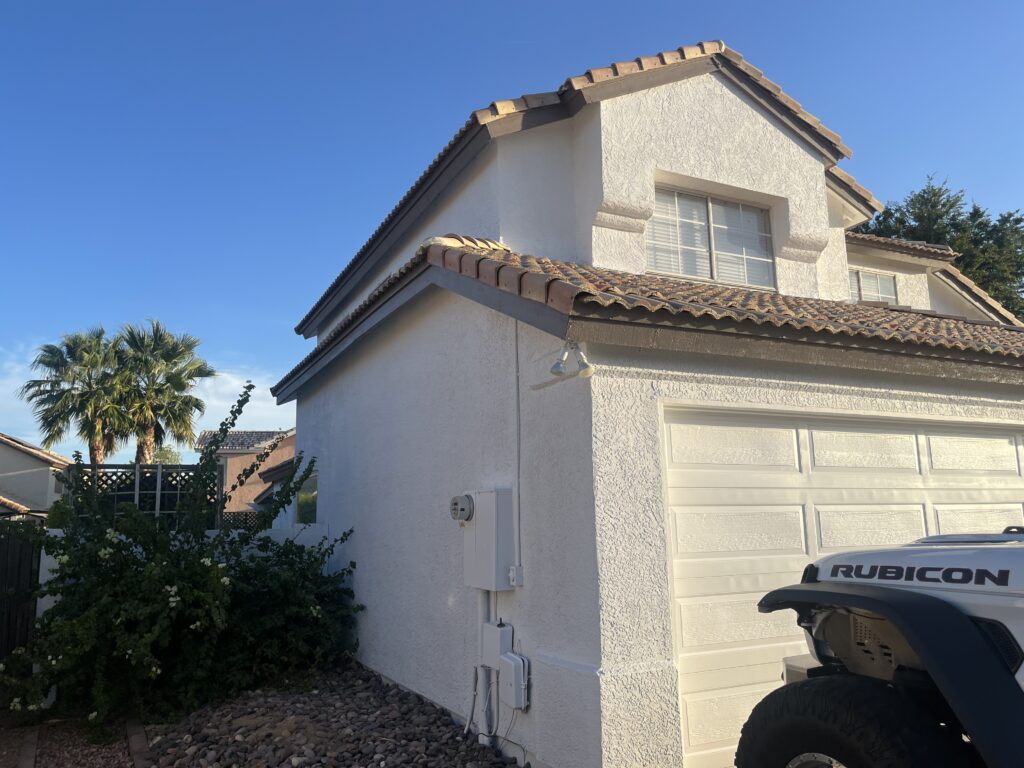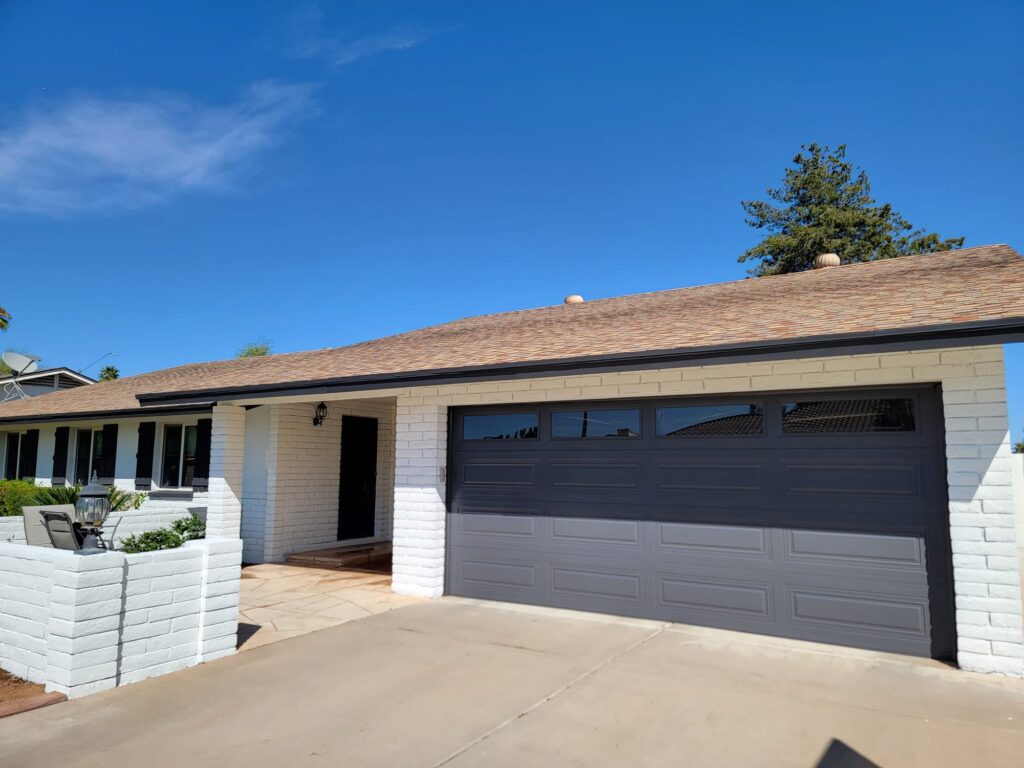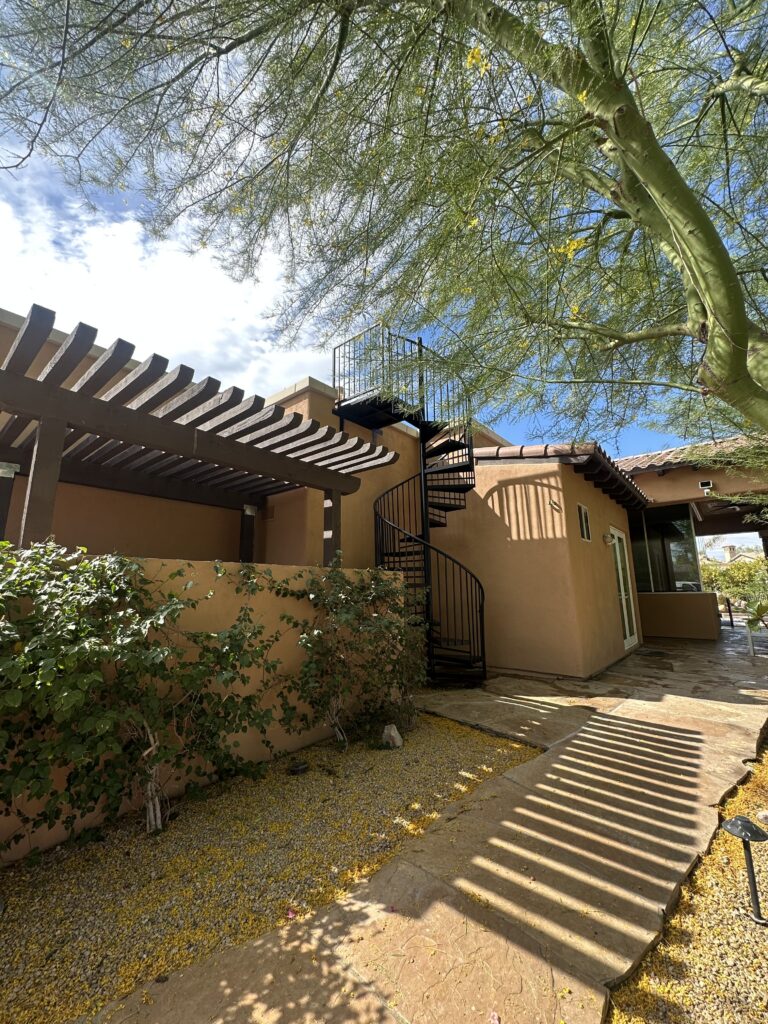What Type of Exterior Paint Finish is Best for My Home?
What Type of Exterior Paint Finish is Best for Your Home? Choosing the right exterior paint finish is a critical decision that impacts both the aesthetics and longevity of your home’s appearance. Different finishes offer unique benefits, and selecting the ideal one depends on your home’s needs and environmental factors. Let’s explore the pros and cons of each finish to help you make an informed choice. Key Takeaways Flat/Matte Finish: Offers a non-reflective appearance that hides surface imperfections but is less durable and harder to clean. Eggshell Finish: Provides a low-luster look with better durability than flat finishes, suitable for areas with moderate exposure. Satin Finish: Balances aesthetics and durability, making it a popular choice for most exterior surfaces. Semi-Gloss Finish: Highly durable and easy to clean, ideal for trim and doors. Gloss Finish: Offers a shiny appearance with maximum durability but can highlight surface imperfections. Flat/Matte Finish Flat or matte finishes have no shine, making them excellent at hiding surface imperfections like cracks or uneven textures. Their velvety, non-reflective surface absorbs light, giving your home a contemporary look. However, they are less durable and prone to staining, making them better suited for homes in low-traffic areas or regions with mild weather conditions. Frequent repainting may be necessary. Best For: Older homes with imperfect surfaces. Walls in shaded or protected areas. Eggshell Finish Eggshell finishes offer a subtle, soft glow that enhances the beauty of your home’s exterior. They’re more durable than flat finishes and provide a moderate level of stain resistance. While eggshell finishes are easier to clean, they’re less forgiving when it comes to touch-ups, as the sheen can vary slightly with new coats of paint. Best For: Moderate weather conditions. Walls that need a slight sheen without appearing overly glossy. Satin Finish Satin finishes are among the most popular choices for exterior paint due to their versatility and balance between appearance and durability. They offer a soft sheen that reflects just enough light to protect your home from harmful UV rays. Satin finishes are easy to clean and hold up well against moisture, making them ideal for areas exposed to rain or humidity. Best For: Exterior siding, shutters, and trim. Homes in regions with varying weather conditions. Pro Tip: Satin finishes require careful application to avoid lap marks. For best results, hire a professional painter. Semi-Gloss Finish Semi-gloss finishes are highly durable and provide a luminous appearance that enhances architectural details. This finish is easy to clean and resistant to dirt and grime, making it ideal for high-traffic areas. However, its reflective surface can highlight imperfections, so proper surface preparation is essential. Best For: Doors, windows, and trim. Homes in areas with heavy rainfall or dirt exposure. Gloss Finish High-gloss finishes offer a mirror-like shine and maximum durability, making them perfect for highlighting intricate details. They’re easy to clean and resistant to wear, but their ultra-reflective surface can emphasize flaws and require precise application for a smooth finish. Best For: Front doors, railings, and decorative features. Homes with modern or contemporary designs. Recommendation For most exterior applications, a satin finish is recommended due to its balance between durability and aesthetic appeal. It offers a subtle shine that enhances your home’s look while providing robust protection against the elements. For trim, doors, and other high-touch areas, consider using a semi-gloss or gloss finish for added durability and ease of cleaning. Contact Happy Painting Company Today! Ready to transform your home with a stunning and long-lasting paint job? The experts at Happy Painting Company are here to help. With professional services and high-quality materials, they’ll ensure your home looks its absolute best. Request a free estimate today!




